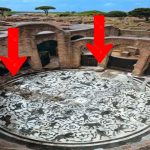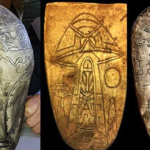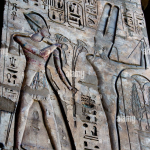Examining Ancient Egyptian Mathematics using the Rhind Papyrus

In the vast landscape of ancient Egyptian artifacts, the Rhind Papyrus stands as a testament to the mathematical prowess and intellectual achievements of this ancient civilization. Dating back to around 1550 BCE, this papyrus document is one of the most significant surviving mathematical texts from ancient Egypt, providing invaluable insights into the mathematical knowledge and techniques used by the Egyptians in various practical and ceremonial contexts. Through an exploration of the Rhind Papyrus, we can unravel the mysteries of ancient Egyptian mathematics and gain a deeper understanding of the intellectual legacy of this remarkable civilization.
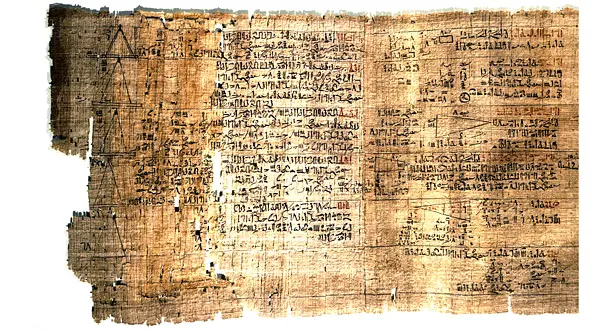
The Rhind Papyrus, named after the Scottish antiquarian Alexander Henry Rhind who purchased it in 1858, is a scroll measuring about 33 feet in length and containing approximately 87 mathematical problems and solutions. It is believed to have been copied from an older source, possibly dating back to the Middle Kingdom period of ancient Egypt. The content of the papyrus covers a wide range of mathematical topics, including arithmetic, geometry, fractions, and algebra, demonstrating the Egyptians’ sophisticated understanding of mathematical concepts and their practical applications in everyday life.
One of the most notable features of the Rhind Papyrus is its emphasis on practical problems and real-life applications of mathematics. Many of the problems presented in the papyrus deal with issues related to land surveying, construction, taxation, and trade, reflecting the pragmatic concerns of ancient Egyptian society. For example, there are problems involving the calculation of the area of fields, the volume of granaries, and the distribution of goods among workers. These mathematical techniques were essential for the administration of the kingdom and the management of its resources, highlighting the importance of mathematics in ancient Egyptian governance and economy.
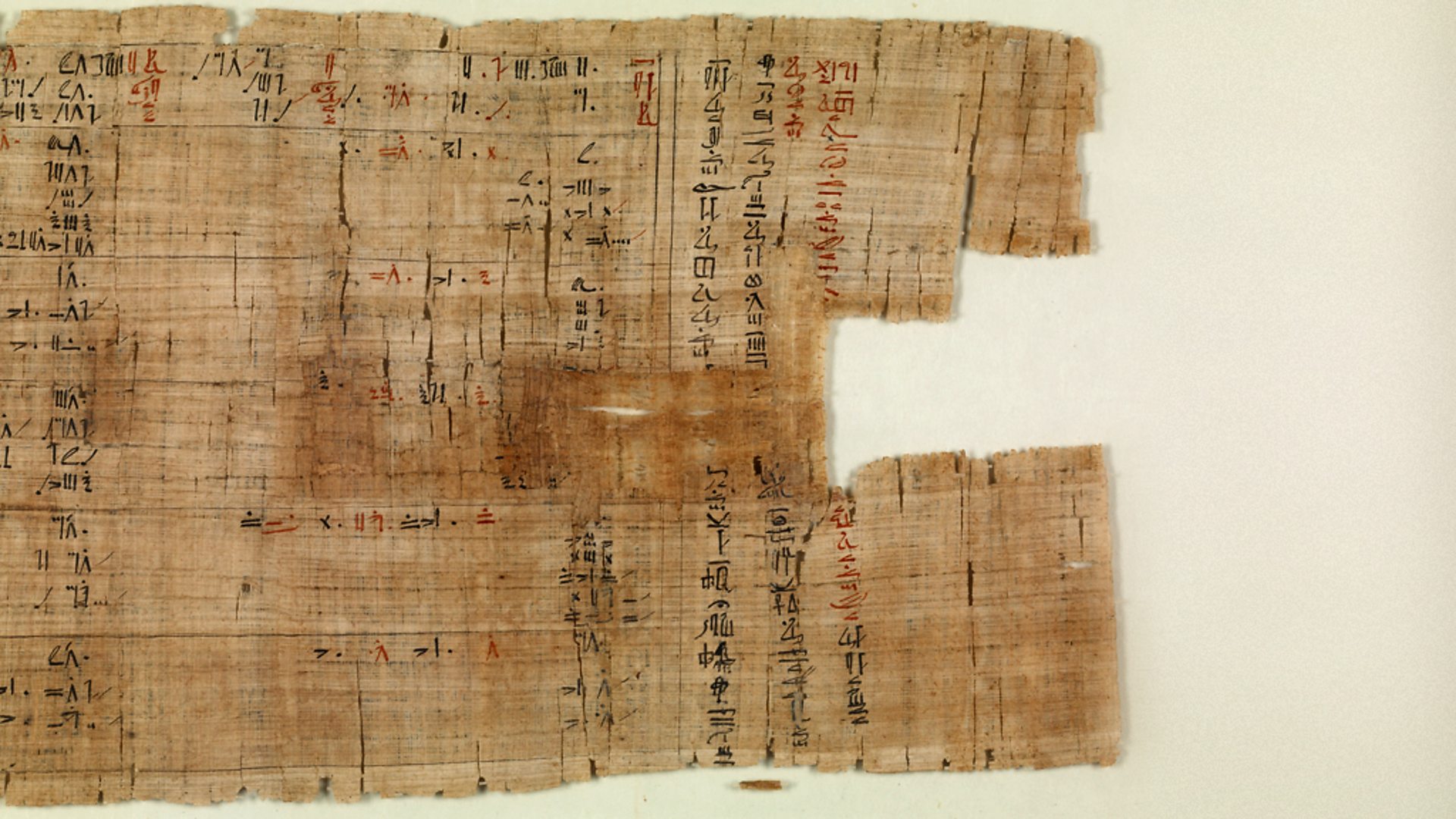
Another intriguing aspect of the Rhind Papyrus is its use of mathematical notation and problem-solving techniques. The Egyptians employed a system of hieroglyphic symbols and concise mathematical expressions to represent numbers, fractions, and geometric figures. While their notation may seem rudimentary compared to modern mathematical notation, it was highly effective for their purposes and allowed them to perform complex calculations with relative ease. Additionally, the papyrus contains detailed explanations and step-by-step procedures for solving mathematical problems, providing valuable insights into the Egyptians’ mathematical thought processes and problem-solving strategies.
One of the most famous problems in the Rhind Papyrus is known as the “Horus Eye” problem, which involves calculating the volume of a truncated pyramid. This problem illustrates the Egyptians’ advanced understanding of geometry and their ability to solve geometric problems using algebraic methods. By dissecting the problem into smaller components and applying geometric principles, the Egyptians were able to derive a formula for calculating the volume of the pyramid, demonstrating their mastery of mathematical abstraction and logical reasoning.
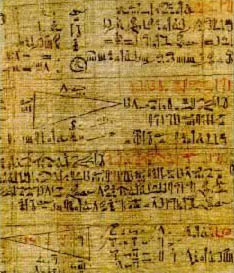
The Rhind Papyrus also sheds light on the religious and ceremonial significance of mathematics in ancient Egyptian culture. Several problems in the papyrus are associated with religious rituals, temple construction, and the measurement of sacred structures such as pyramids and obelisks. For example, there are calculations related to the dimensions of the “seked,” a unit of slope used in pyramid construction, and the “hekat,” a unit of volume associated with offerings and libations in temple rituals. These mathematical calculations were integral to the design and construction of monumental structures and the performance of religious ceremonies, underscoring the sacred and symbolic importance of mathematics in ancient Egyptian society.
In conclusion, the Rhind Papyrus stands as a remarkable testament to the mathematical achievements of ancient Egypt. Through its practical problems, mathematical notation, and religious significance, the papyrus provides a fascinating glimpse into the mathematical knowledge and techniques employed by the Egyptians in various aspects of their lives. By exploring the Rhind Papyrus, we can gain a deeper appreciation for the intellectual legacy of this ancient civilization and the enduring relevance of mathematics as a tool for understanding the world around us.

